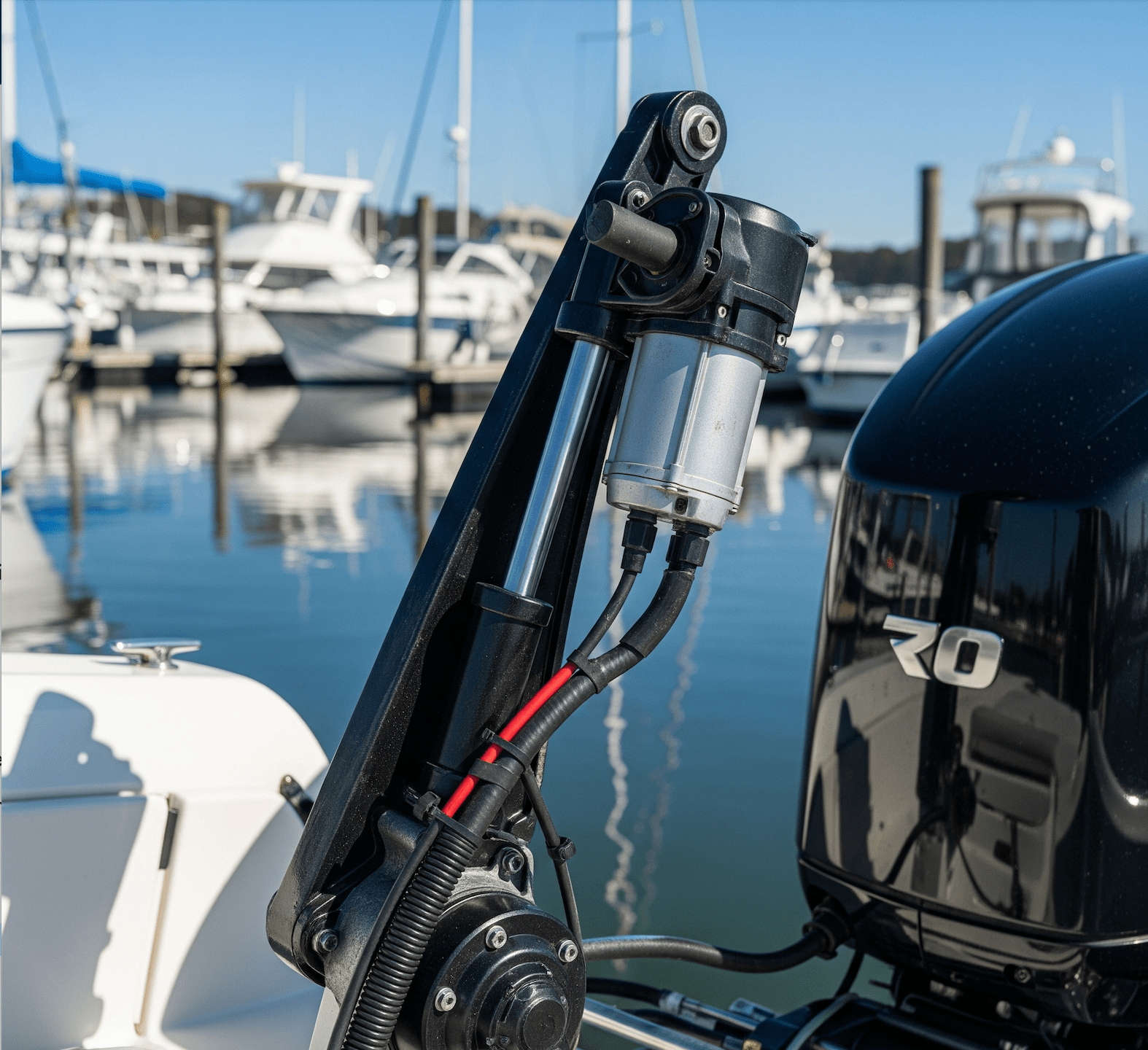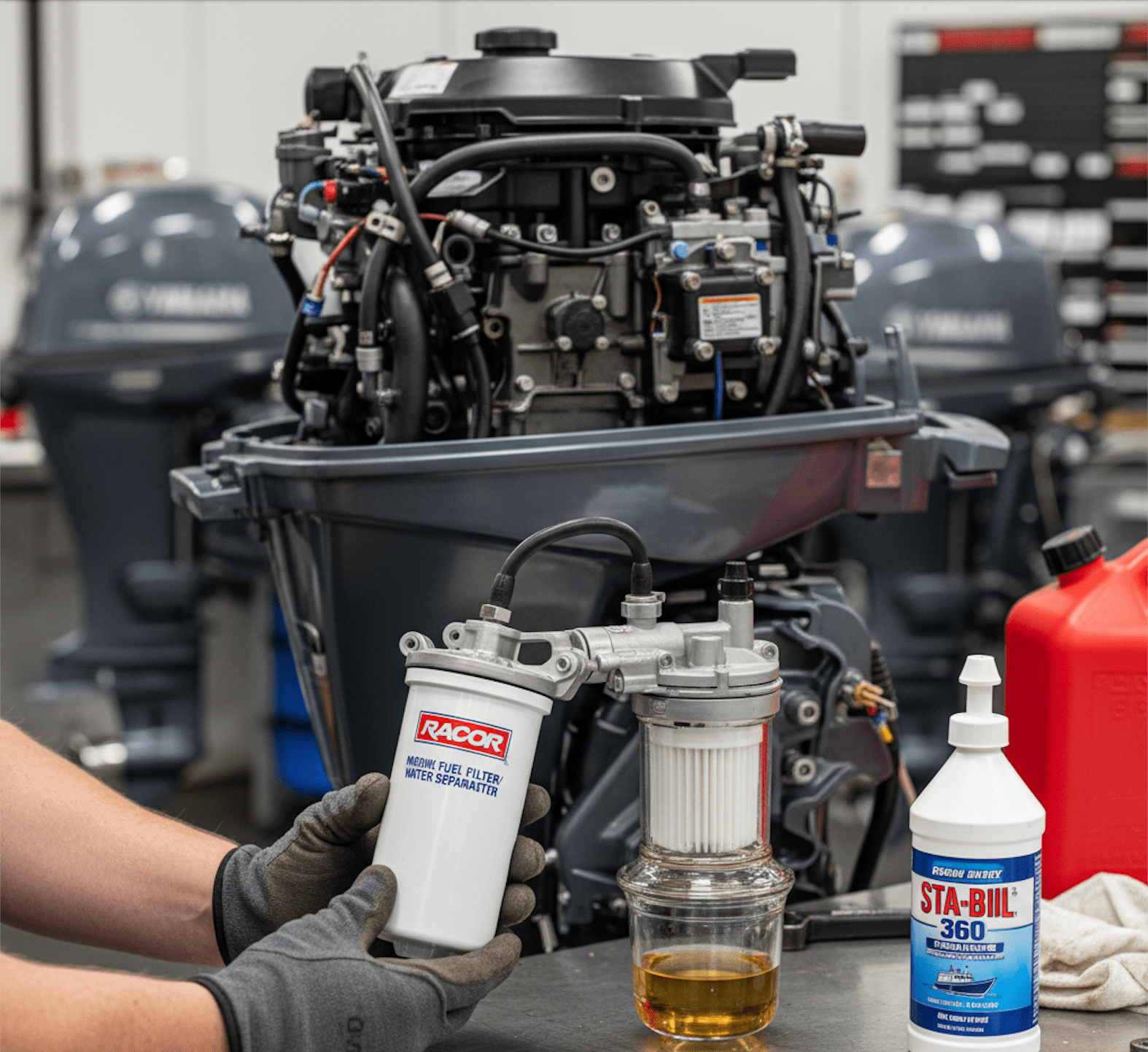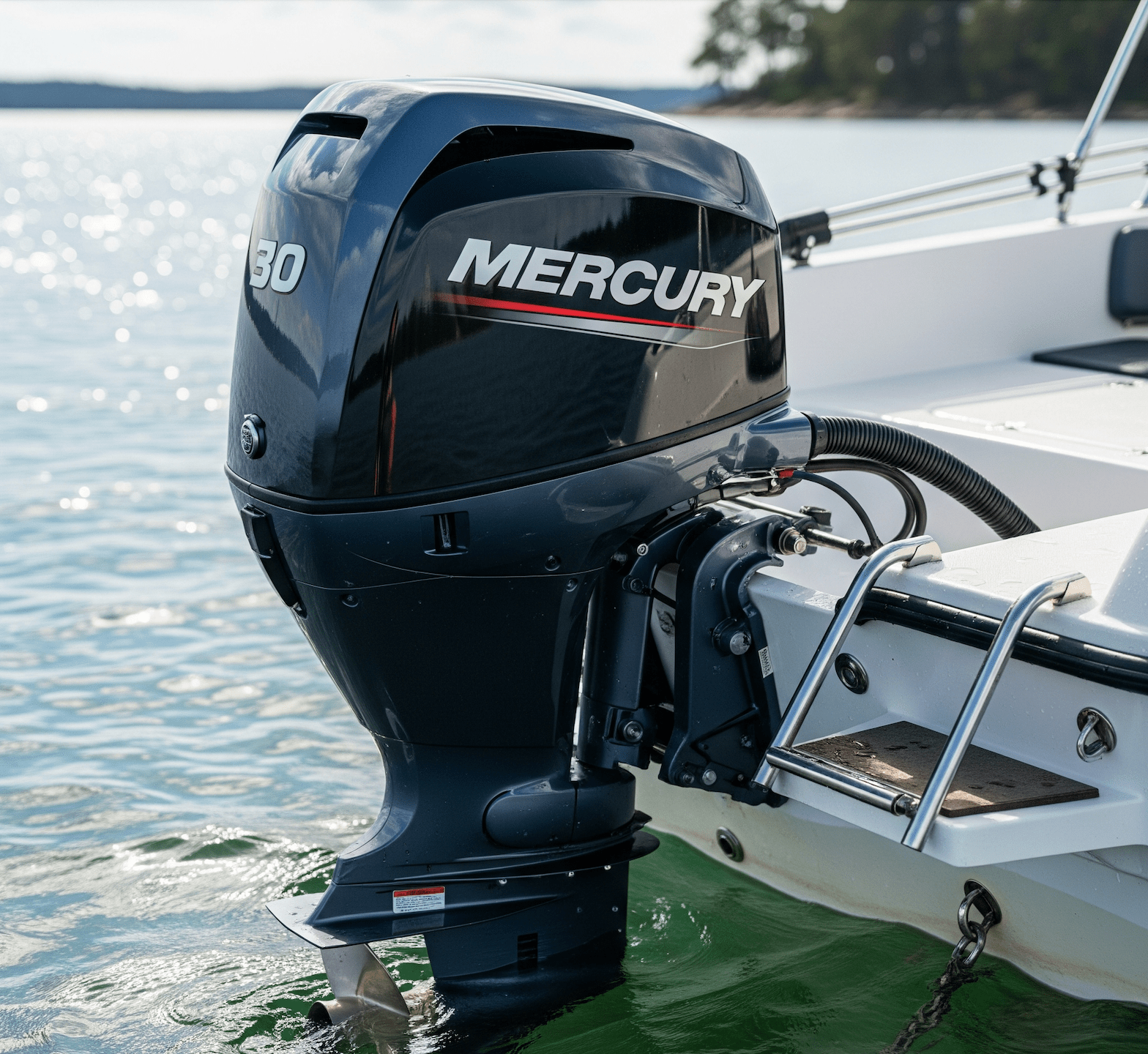Boating is an exhilarating experience, but truly mastering your vessel involves understanding some key concepts. Two of the most crucial for optimizing performance, fuel efficiency, and handling are trim and tilt. Often misunderstood, these functions allow you to adjust the angle of your outboard or sterndrive engine, making a significant difference in your ride.
Let's demystify trim and tilt and learn how to use them effectively for various water conditions and speeds.
What are Trim and Tilt?
Essentially, both trim and tilt adjust the angle of your propeller in relation to the boat's hull.
- Tilt refers to the full range of motion, lifting the engine completely out of the water. This is primarily used for trailering, launching, shallow water navigation (at very low speeds), or beaching to prevent propeller damage. You'll also use tilt to get the propeller clear of the water when not in use, preventing marine growth and corrosion.
- Trim is a more subtle adjustment within the tilt range, typically from fully down to a few degrees up. This is your go-to adjustment for optimizing performance while underway. Think of it as fine-tuning the angle of attack for your propeller.
The Science Behind Trim
When your engine is running, the propeller pushes water, creating thrust. The angle at which this thrust is applied directly impacts how your boat sits in the water and moves through it.
- Trimming Down (Tucking In): When you trim the engine down, the propeller pushes the bow of the boat down into the water.
- Benefits: This is ideal for getting on plane faster, especially with a heavy load, or when running in rough, choppy conditions. A lower bow cuts through waves more effectively, providing a smoother ride and reducing pounding.
- When to use: Hole shot, rough water, turning.
- Trimming Up (Planing Out): As you trim the engine up, the propeller pushes the bow of the boat higher out of the water.
- Benefits: This reduces the wetted surface of the hull, decreasing drag and increasing top speed. It also improves fuel economy at cruising speeds. A higher bow can also help to prevent spray from coming over the bow in certain conditions.
- When to use: Cruising at speed, calm water, maximizing fuel efficiency.
How to Use Trim Effectively
Mastering trim is an art that comes with practice, but here are some general guidelines:
- Getting on Plane:
- Start with the engine trimmed fully down (or slightly up, depending on your boat).
- Apply throttle smoothly. As the boat begins to accelerate, you'll feel the bow rise significantly.
- Once on plane and the boat has settled, slowly start to trim up.
- Cruising Speed (Calm Water):
- Once on plane, gradually trim up until you feel the steering become slightly lighter and the bow lifts to an optimal running angle.
- Listen to your engine – it will sound like it's working less hard, and your speed will likely increase for the same RPMs.
- Be careful not to trim too high; if the bow starts to "porpoise" (bounce up and down) or the propeller ventilates (loses its bite on the water), trim down slightly.
- You're looking for the sweet spot where the boat runs level with minimal wake and optimal speed/RPMs.
- Rough Water:
- In choppy conditions, trim down slightly more than you would in calm water. This keeps the bow lower, allowing it to cut through waves rather than ride over them, which can lead to a rougher, wetter ride.
- Adjust as needed based on the size and direction of the waves.
- Turning:
- When making sharp turns, it's often beneficial to trim down slightly. This helps the propeller maintain its grip on the water, prevents cavitation, and keeps the stern from slipping out.
- Wind Conditions:
- Headwind: Trim down slightly to keep the bow from lifting too high and being caught by the wind, which can affect steering and stability.
- Tailwind: You might be able to trim up a bit more than usual, as the wind helps lift the bow.
Tips for Success:
- Practice, Practice, Practice: The best way to understand trim is to experiment. Find an open, safe area and slowly adjust your trim at different speeds and conditions. Feel how the boat responds.
- Watch Your Gauges: Pay attention to your speedometer, RPM gauge, and fuel consumption if you have one. You'll see direct results of effective trimming.
- Listen to Your Boat: Your boat will tell you what it likes. The engine sound, the feel of the steering, and the ride quality are all indicators.
- Check Your Wake: A well-trimmed boat typically leaves a smaller, cleaner wake. If your wake is massive, you might be trimmed too far down.
- Don't Over-Trim: Trimming too high can cause porpoising, ventilation, loss of control, and even engine damage from over-revving.
- Consult Your Manual: Your boat and engine's owner's manuals will provide specific recommendations for trim and tilt settings.
Beyond Performance: Using Tilt for Safety and Maintenance
While trim is for underway adjustments, remember the importance of tilt:
- Shallow Water: At very slow speeds, you can partially tilt the engine up to navigate extremely shallow areas, but be extremely cautious and prepared to stop.
- Beach Landing: Tilt the engine up to prevent propeller damage when approaching a beach or shallow dock.
- Maintenance: Tilt the engine fully out of the water for propeller inspection, cleaning, or when mooring for extended periods to prevent marine growth.
- Trailering: Always fully tilt your engine up and engage the tilt lock (if available) before trailering to ensure prop clearance and prevent damage.
By understanding and effectively utilizing both trim and tilt, you'll not only enhance your boat's performance and fuel efficiency but also significantly improve your overall boating experience. So next time you're out on the water, take a moment to play with your trim and feel the difference!
Want more outboard content? Check out our Instagram at @alloutboards!
Subscribe to our newsletter and receive a selection of cool articles every weeks.







